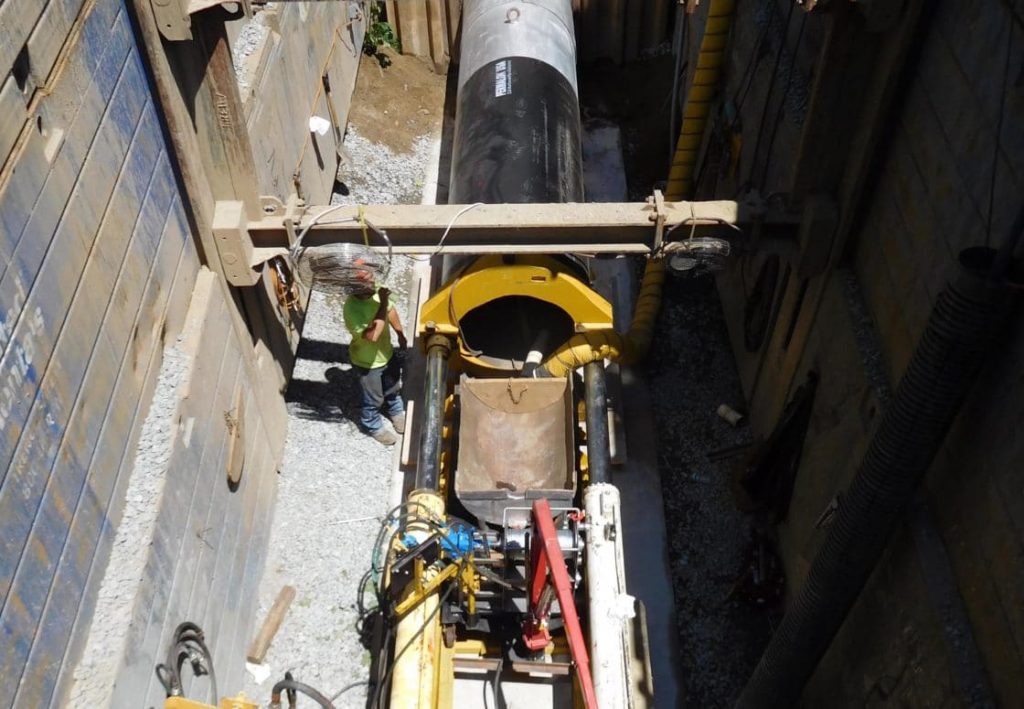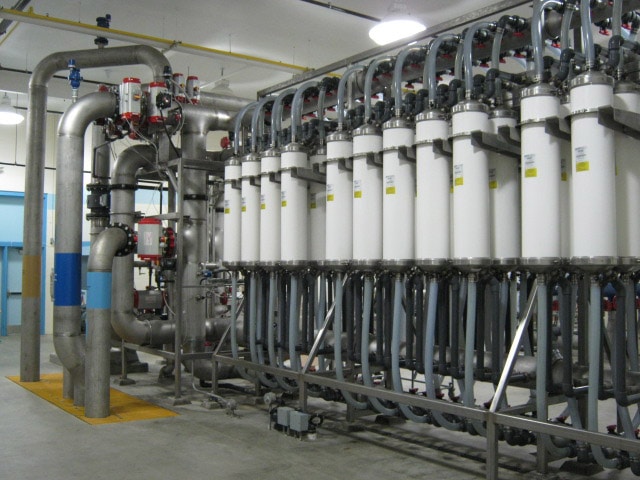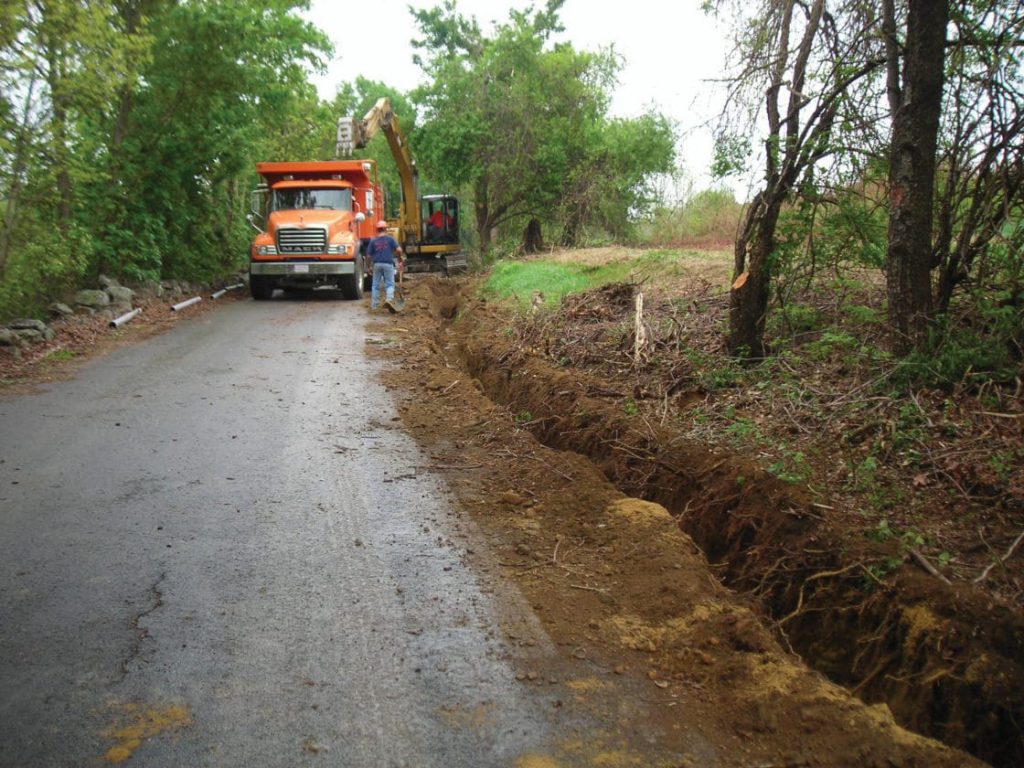
Tata & Howard is providing engineering services to the Grafton Water District for the Trinity Avenue Pump Station at the Trinity Avenue Wellfield. The project included permitting, design, and bidding of the pump station as well as providing assistance with permitting, design, and reporting to the Massachusetts Department of Environmental Protection (MassDEP) for the proposed Trinity Avenue Well site. The property was owned by the Massachusetts Division of Fisheries and Wildlife (DFW).
The Grafton Water District swapped land with the DFW to obtain ownership and control of the Trinity Avenue site. Test wells were installed and short term pump tests were completed on each of the wells. Based on the results of the tests, it was recommended to install a three well configuration of 18 inch x 12 inch gravel packed wells resulting in approximately 800 gallons per minute (gpm).
The project included an evaluation of alternatives for the access road including installation of a bridge or an open bottomed culvert, and T&H assisted with the preparation of permanent easements for the installation of utilities and roadway to the well site. In addition, T&H prepared and submitted an NOI to the Grafton Conservation Commission. Design included double wythe block and interior concrete painted block with wood truss roof and asphaltic shingles; and security included chain link fence, gates, locks, intrusion alarms, and lighting. T&H also assisted with the coordination of the installation of three phase power to site. Chemical feed at the station includes KOH for pH adjustment and chlorine gas for disinfection. Standby power was included in an outdoor enclosure. The design also included a 24-inch transmission main for 4-log removal.











